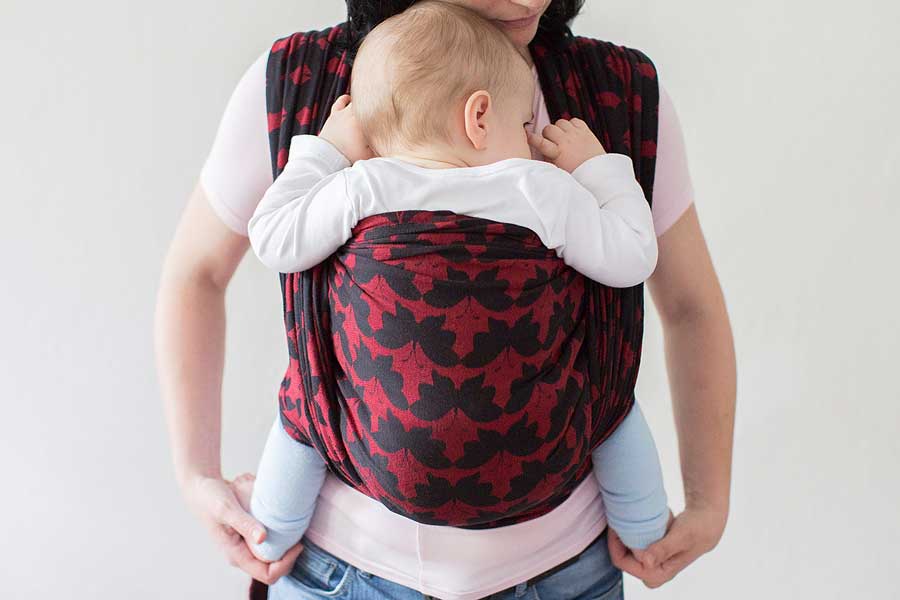What is Baby Hip Dysplasia?
Hip dysplasia in babies can occur with certain types of baby carriers that interfere with healthy hip positioning, especially if the carrier is used for long periods of time each day. The hip joint is a ball and socket and the joint is often loose during the first few months of the baby’s life as a result of stretching during the birth process. Babies are also naturally flexible, and the edges of the hip socket are made of soft cartilage, which can easily become damaged. According to the International Hip Dysplasia Institute, when babies are carried, especially for long periods of time in baby carriers, their hips should be allowed to spread apart with the hip joints bent and the thighs supported. If a narrow baby carrier without proper support forces a baby’s hips into an unnatural position, such as a stretched-out position with the feet pointing straight down, the edges of the hip socket may become misshapen or the ball may slip out of the socket and become dislocated. This is known as baby hip dysplasia and the risk of baby hip dysplasia is greatest during the first six month of the baby’s life. After six months, the baby’s hips are more developed and the ligaments are stronger, which means hip dysplasia is less likely to develop.


